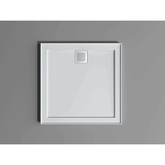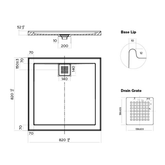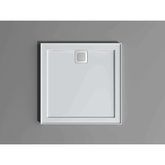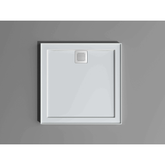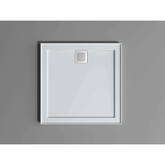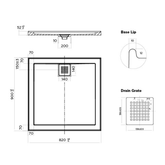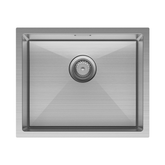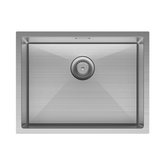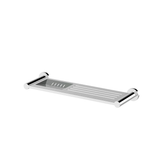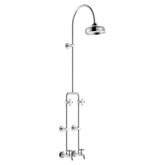P-Trap vs. S-Trap Toilets: What’s the Difference and Which One Should You Choose?
When selecting a toilet for your bathroom, understanding the differences between P-trap and S-trap configurations is essential. These terms refer to the shape and outlet direction of the toilet's waste pipe, which can impact installation, functionality, and compliance with modern plumbing standards.
P-Trap Toilets
A P-trap toilet features a waste pipe that exits horizontally through the wall behind the toilet. The trap itself forms a "P" shape, consisting of a curved section that holds water to prevent sewer gases from entering the bathroom, followed by a horizontal pipe leading to the wall drain. This design is prevalent in modern plumbing due to its efficiency and compliance with current building codes.
Key Features of P-Trap Toilets:
-
Design: U-shaped trap with a horizontal outlet connecting to the wall drain.
-
Functionality: The water held in the bend creates a seal that blocks sewer gases from entering the living space.
-
Ventilation: Proper venting is essential to maintain the water seal and prevent siphoning.
S-Trap Toilets
In contrast, an S-trap toilet has a waste pipe that exits vertically through the floor. The trap forms an "S" shape, curving down from the toilet bowl and then back up before connecting to the floor drain. This configuration is common in older homes and situations where the plumbing is set up for floor waste outlets.
Key Features of S-Trap Toilets:
-
Design: U-shaped trap with a vertical outlet connecting directly to the floor drain.
-
Functionality: Similar to the P-trap, it holds water to block sewer gases.
-
Ventilation Issues: S-traps are prone to siphoning, which can deplete the water seal and allow gases to escape.
Comparison Table: P-Trap vs. S-Trap Toilets
| Feature | P-Trap Toilet | S-Trap Toilet |
|---|---|---|
| Design | U-shaped trap with horizontal outlet to wall drain | U-shaped trap with vertical outlet to floor drain |
| Installation | Connects to drainage system in the wall | Connects directly to floor drainage system |
| Ventilation | Requires proper venting to prevent siphoning | More prone to siphoning due to vertical design |
| Code Compliance | Compliant with modern Australian plumbing standards | Generally non-compliant with current codes |
| Common Usage | Standard in new constructions and renovations | Found in older homes; not recommended for new installations |
Why Are S-Traps Discouraged?
The primary concern with S-traps is their tendency to siphon, which can empty the water seal and permit sewer gases to enter the living space. This siphoning occurs because the vertical design can create a vacuum effect during drainage, pulling water out of the trap. Due to these issues, S-traps are generally not compliant with modern Australian plumbing standards.
Converting an S-Trap to a P-Trap
If you're renovating an older bathroom with an existing S-trap toilet, converting to a P-trap configuration is advisable to comply with current standards and improve functionality. This conversion typically involves re-routing the waste pipe from the floor to the wall and ensuring proper venting is in place. Consulting with a licensed plumber is essential to assess feasibility and perform the conversion correctly.
Conclusion
Understanding the differences between P-trap and S-trap toilets is crucial for making informed decisions about bathroom installations and renovations. While S-trap toilets may still be found in older homes, P-trap toilets are the standard in modern construction due to their compliance with current plumbing codes and reduced risk of siphoning issues. Consulting with a professional plumber can provide further guidance tailored to your specific situation.
